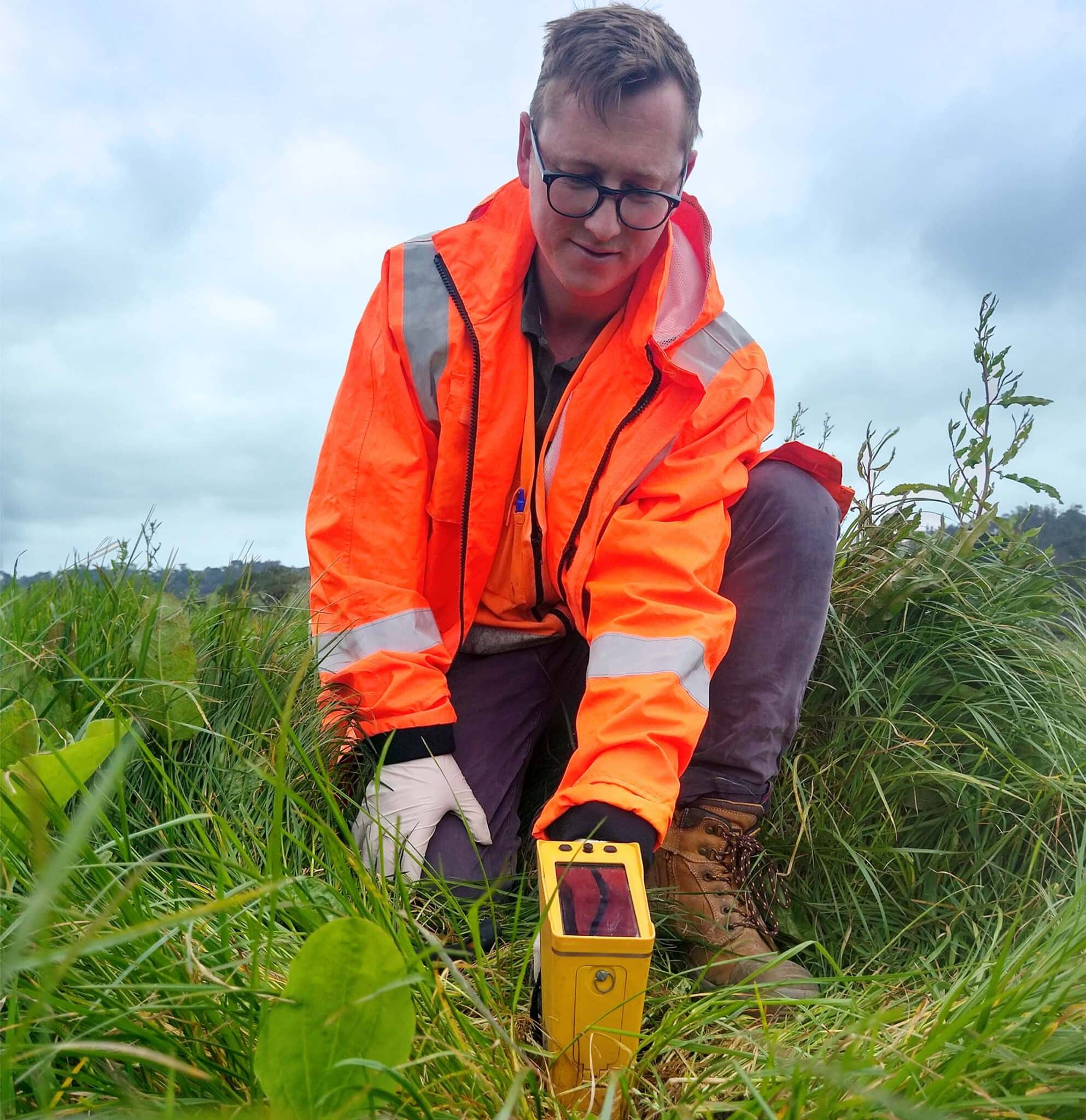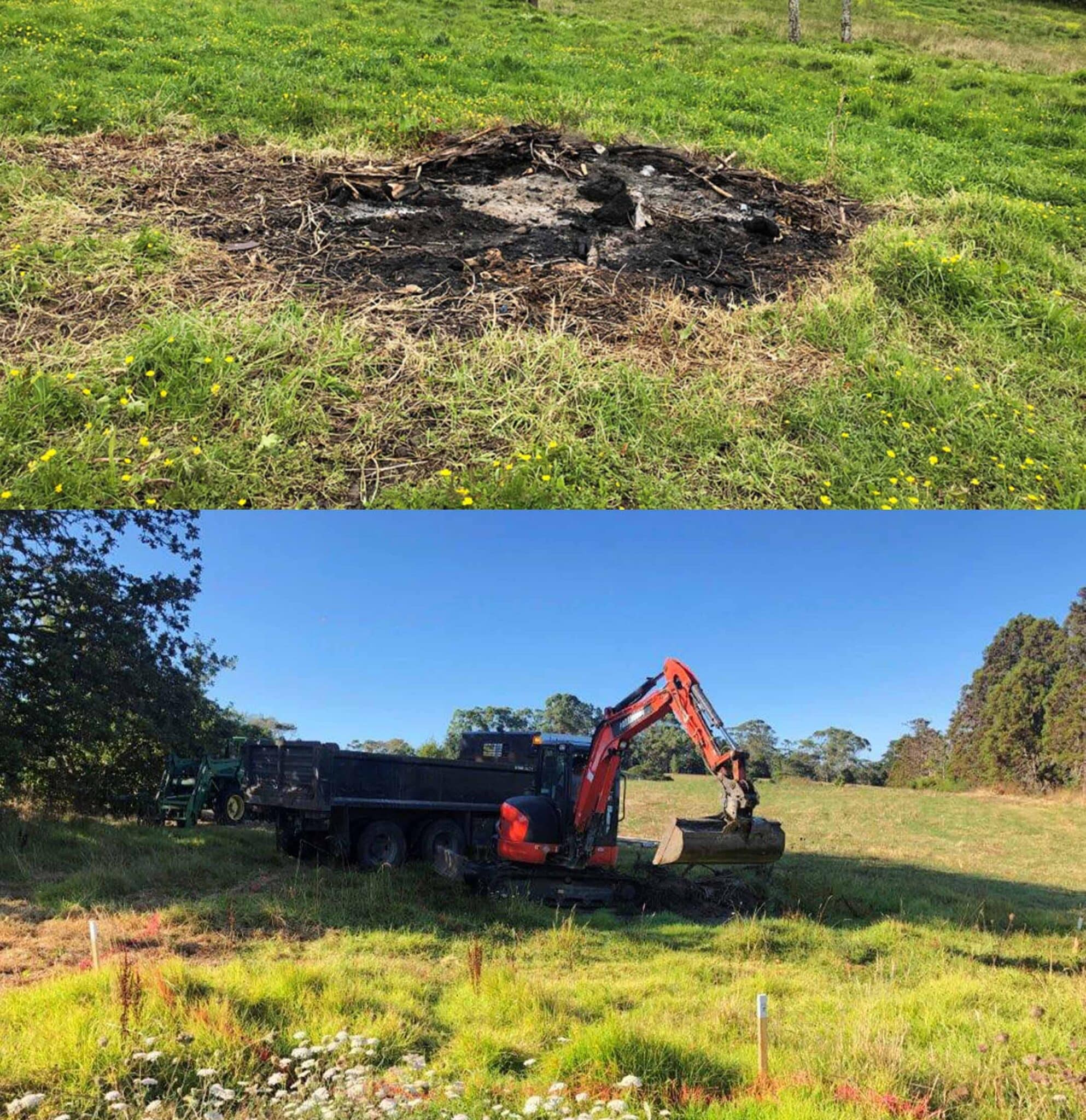Interview with Michael Guthrie, Principal Land Contamination Specialist, Cato Bolam Consultants.
Discovering land contamination on your property is never good news, but it doesn’t have to stop your development. At Cato Bolam, we work with landowners and developers to deliver practical, cost-effective, and safe remediation solutions—so your site can be made suitable for future use and your project can move forward with confidence.
Experienced Guidance from Start to Finish
Meet Michael Guthrie, Cato Bolam’s Principal Land Contamination Specialist, a Certified Environmental Practitioner (CEnvP) with extensive experience in site remediation and environmental management.
Michael works closely with our civil engineers, planners, and environmental experts to develop value-engineered solutions that meet regulatory requirements and support long-term land use.
Why Does Early Investigation Matter?
“One of the biggest risks is not knowing what’s beneath the surface. Too often, landowners or developers begin work or commit to a purchase without checking for contamination.
In New Zealand, once land changes hands, the new owner becomes responsible for any contamination on the site—even if they didn’t cause it. This can lead to significant and unexpected costs.
Soil testing is a crucial part of due diligence. It identifies risks early and provides clarity before financial commitments are made. Increasingly, banks and funders require these reports before approving finance.”

What’s the Typical Process?
“We start by reviewing the site’s history—past land uses, aerial imagery, council records, and any existing documentation.
If the site is considered high-risk (e.g. former horticulture, fuel storage, or industrial use), we prepare a Conceptual Site Model (CSM) to outline likely contaminants and potential exposure pathways.
Common contaminants include:
-
Heavy metals
-
Asbestos
-
Petroleum products
-
Pesticides
-
Timber treatment chemicals
We then carry out soil and groundwater sampling to confirm contamination levels. Where contaminants exceed permitted levels, we develop a Remedial Action Plan (RAP) or Site Management Plan (SMP) to ensure safe, compliant management.”

Can you Manage Contamination On Site?
“In many cases, contaminants can be managed on site rather than removed—helping reduce costs and environmental impact.
A recent Northland project involved a former market garden where we identified 1,000m³ of asbestos and heavy metal-contaminated soil. By designing a containment bund, we avoided over $250,000 in disposal and transport costs while minimising waste to landfill.
Where appropriate, landscaped reserves or designated green spaces can safely contain contaminants while adding ecological value to the site.”
Engage Early to Avoid Unexpected Costs
“Every site is different. That’s why early engagement with a land contamination specialist is critical. At Cato Bolam, we help you understand your options, avoid unnecessary delays, and deliver a solution that’s practical, compliant, and cost-effective.”
Book a discovery call with Michael Guthrie and the Cato Bolam team to arrange a due diligence assessment or discuss potential contaminants on your site before you buy or develop.


